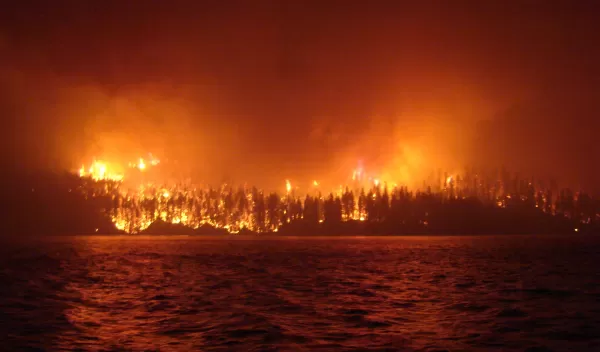
Wildfire smoke is reaching almost all lakes in North America
Wildfire smoke, sometimes drifting across hundreds of miles, reached almost every lake in North America at least one day each year from 2019 to 2021, according to U.S. National Science Foundation-supported findings published in the journal Global Change Biology. The study was conducted by Mary Jade Farruggia and Steven Sadro of the University of California, Davis, Janice Brahney of Utah State University, and their colleagues.
The study introduces the "lake-smoke day" concept, the number of days a lake is exposed to smoke in a fire season.
"Wildfire activity is increasing globally," the scientists write. "The resulting smoke plumes can travel hundreds to thousands of kilometers."
Because smoke can be transported at "continental to intercontinental scales," the researchers state, "even regions that may not typically experience direct burning of landscapes by wildfire are at risk of smoke exposure. We found that 99.3% of North America was covered by smoke, affecting a total of 1,333,687 lakes greater than or equal to 10 hectares. An incredible 98.9% of lakes experienced at least 10 smoke-days a year."
According to Justin Lawrence, a program director in the NSF Division of Earth Sciences, "This research could lead to improved public safety."
